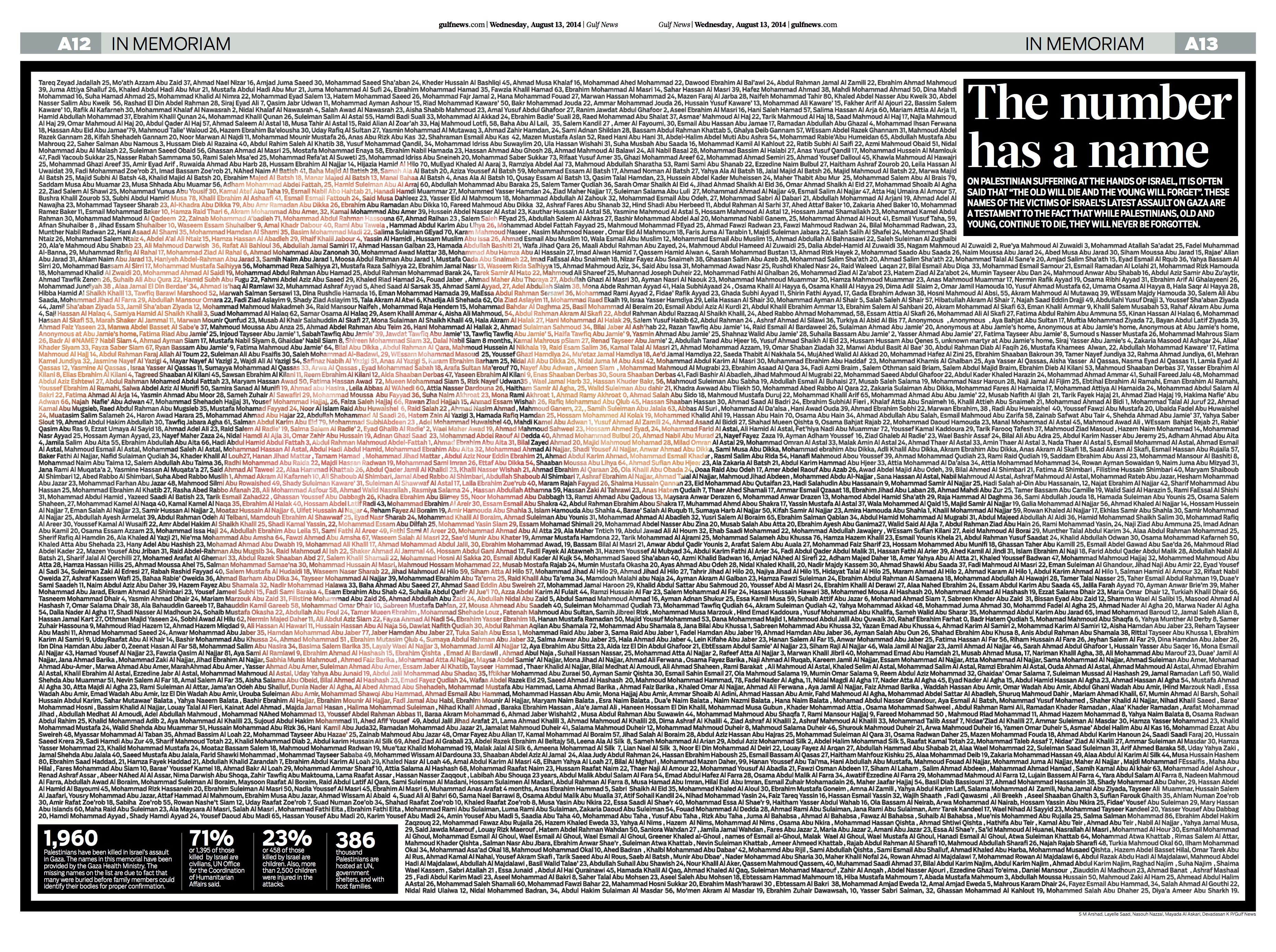It is an excerpt from the new edition of “The Elements of Journalism”, authored by Bill Kovach & Tom Rosenstiel, and it praises digital for the “creativity” that it is bringing to the craft.
It is also an honest appraisal of one of my favorite topics: frequency. In the process, the authors also debunk two myths.
That is why I think that this piece is also useful for anyone working in a newsroom setting today anywhere in the world.
Here is the link to the piece:
Highlights of The Elements of Journalism
Kovach and Rosenstiel center their conclusions about the one thing that has not changed in the midst of the digital revolution: the story.
“The story is true,” they write.
On the issue of frequency:
“Engagement requires that journalists understand a new, deeper structural reality: In the old order, audiences had to adapt their behavior to fit the rhythms of the news media. They had to be home at 6:30 to see the newscast, or be sure to read the morning paper to be current with the news others had seen.
“Now the news media must adapt to fit the behavior and curiosity of the community that new technology has created. Now that audiences can go elsewhere with ease, they will increasingly demand that journalists make the best choices about how much and what kind of information to provide and not provide, given that arbitrary space limits are not an issue.”
On reading methods on smaller screens:
“Many early studies suggested that people would never read long-form material on digital screens. The average time people spent on Web pages tended toward about 30 seconds, according to studies by the Poynter Institute.
“The advent of the smartphone, tablet and e-reader began to dispel this illusion. The short attention span had less to do with anything inherent about the screens than it did with the fact that the people in the studies were using desktop computers, and often in their offices. “
On local television news and audience preference
“A multiyear study of local television news we designed at the Project for Excellence in Journalism, for instance, found that stations that ran more short stories—under 45 seconds—tended to lose audiences. Stations that did more stories over two minutes, on the other hand, tend to gain viewership.”
The multimedia story
The part about multimedia stories is perhaps one of the most reassuring parts of the piece.
It emphasizes the important of multimedia stories being just that, and not stories that are written first, then multimedia elements added for good measure, after the fact.
We've said it repeatedly here: the first thing to do when creating a multimedia story is to start with an outline of the story concept, then decide, the same way cinematographers do, what the segments of the story will be and what will be presented in narrative format, audio, video, photos.
Here is how Kovach and Rosenstiel put it:
“The rich new wealth of data made possible by the Web can be rendered in ways that go beyond narratives about data or even the largely visual representations of numbers. One of these alternatives is to structure the information into new constructed data points that tell the story.
“A growing number of places are experimenting with Web-native storytelling forms that blend video, audio, images, text, animations and interactive graphics into one integrated narrative.
“In this new form of storytelling, each piece of content involves multimedia dimensions. It’s not a text story with a video embedded, or slide shows with text. Rather, these are new kinds of narratives that can’t be clearly defined by their components, or even, admittedly, described here with words. “
A Page We Like

Here is a special double page from Dubai's Gulf News. It lists the names of all those who died in the last Gaza attack.
Miguel Gomez, design director of the Gulf News, sent us the page with this comment: “We put the names of the victims to humanize this story.”
The headline reads: The number has a name
The text:
On Palestinian suffering at the hands of israel, it is Often said that “the old will die and the y0ung will forget”. these names of the victims of israel’s latest assault on Gaza are a testament to the fact that while Palestinians, old and young, continue to die, they will never be forgotten